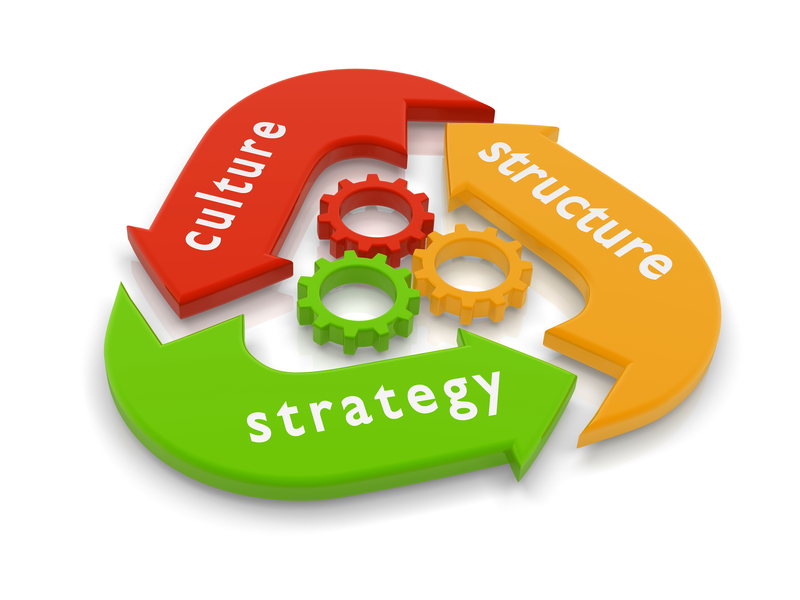I have come to realize, duh… that the fairy tales we read as children were intended to prepare us for our adult lives. (Robert Fulghum was right, All I Really Need to Know, I Learned in Kindergarten).
A couple of weeks ago I wrote about The Other Side of Success, when confidence becomes hubris. The Emperor’s New Clothes is, in my view, the ultimate risk of this hubris.
The Emperor’s New Clothes is a short tale by Hans Christian Andersen about two weavers who promise an Emperor a new suit of clothes that is invisible to those unfit for their positions, stupid, or incompetent. When the Emperor parades before his subjects in his new clothes, a child cries out, “But he isn’t wearing anything at all!”
The emperor is so vain, he believes the tale. The adults are afraid to tell him the truth for fear the outcome may have consequences for them. Only a child tells the truth; he is too young to realize he is taking a risk by doing so.
To be a successful leader, one must be confident, have the courage to move forward even when questioned. And at the same time, the successful leaders I know also ask for feedback. They are constantly in touch with their constituents – customers, employees, vendors, advisors, family (after all it was a child that told the emperor the truth).
Recently I heard a new CEO talk about the changes he had made since assuming his position. He was proud of those changes and went on to say, “things are better because of these changes”. Yet, he hadn’t ever asked his users (customers, employees, vendors, etc.) what they thought. He believed it to be true, just like the emperor. I later had the opportunity to hear from some of his constituents, and they had a different perspective. For them, the changes had made their work more challenging. Which is true? I don’t know. What I do know is most of his stakeholders are telling the CEO what he wants to hear, not what they truly feel and believe.
Years ago, I saw the effect of this first hand. I was working in the investment business and several of the large institutions, like ours, decided to install a new software system for managing trust accounts. The system was built by a small company and it turned out they were better at marketing than at software development. Our largest competitor at the time was the first to “go live” with the new system. It was a disaster, such a disaster that they ultimately exited the trust business. I remember saying to my colleagues at the time “someone, probably several people, at that bank knew this was going to fail and they were afraid to speak up”.
I leave you with these questions:
- What are you doing to solicit honest feedback in your organization?
- What are you doing to foster an environment where your customers, employees, vendors and other stakeholders feel they can provide feedback without fear of consequences?
- Do you have a “child” in your company and your life who is willing to tell you that you are naked?
Elisa K. Spain















 The initial results of my Pivot are excellent. I feel I have much greater clarity regarding the next 3-5 years..
The initial results of my Pivot are excellent. I feel I have much greater clarity regarding the next 3-5 years..  John Yerger
John Yerger